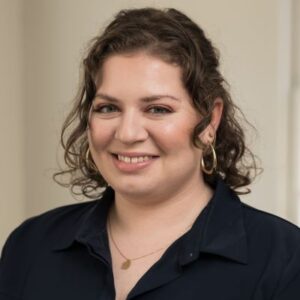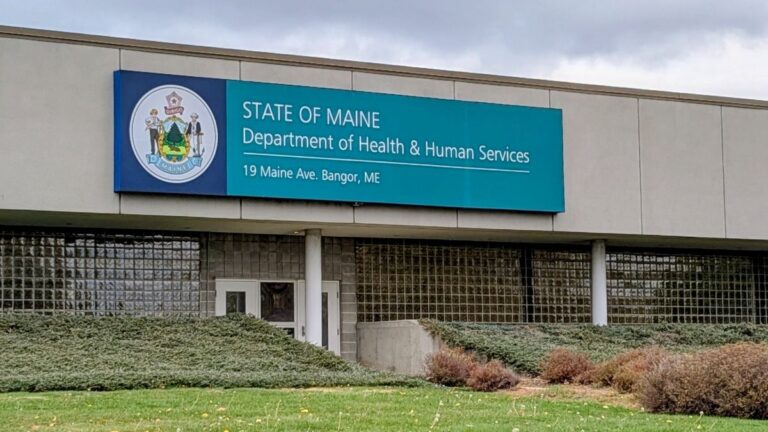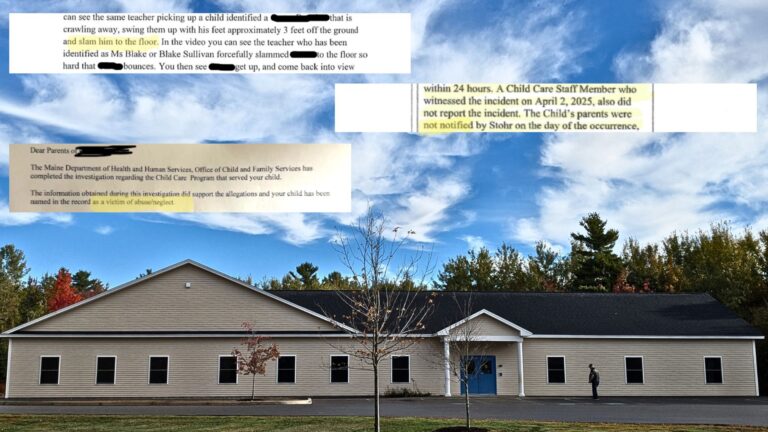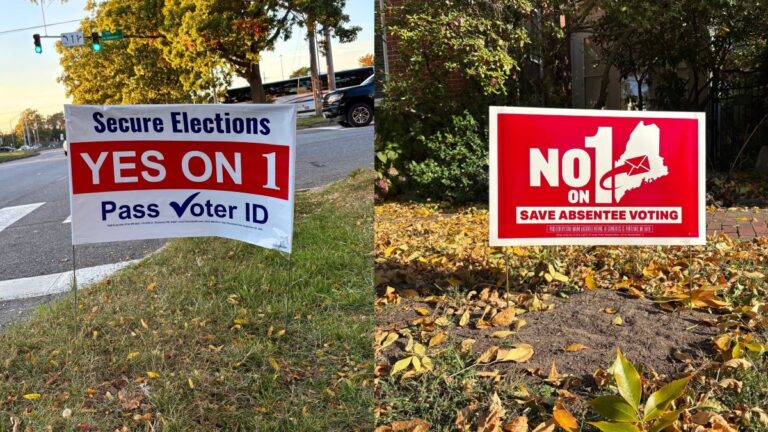Inside Safe Harbor Recovery Home in Machias, 6-year-old Anna* bopped around the living room, playing with a wooden toy and munching on smiley face french fries.
“You are doing so good. You are awesome,” said Lauren Sachs, who provides support and navigation services for residents at the house.
Anna lives at Safe Harbor with her mom, Caroline*, who is in her mid-40s. About 15 years ago, Caroline was studying to be a nurse when she broke her ankle. She started taking prescription painkillers and soon developed an addiction. (The Maine Monitor is using pseudonyms to identify Caroline and her daughter, as well as two former Safe Harbor residents, to protect them and their families’ privacy.)
Anna was about 14 months old when doctors diagnosed her as being on the Autism spectrum. Caroline, who also has two older children, now 18 and 21, said the news was devastating: She was raising Anna on her own, it was the beginning of the pandemic, and even though doctors assured her otherwise, she worried her past drug use had caused her daughter’s developmental delays.
And so after several years of sobriety, Caroline relapsed.
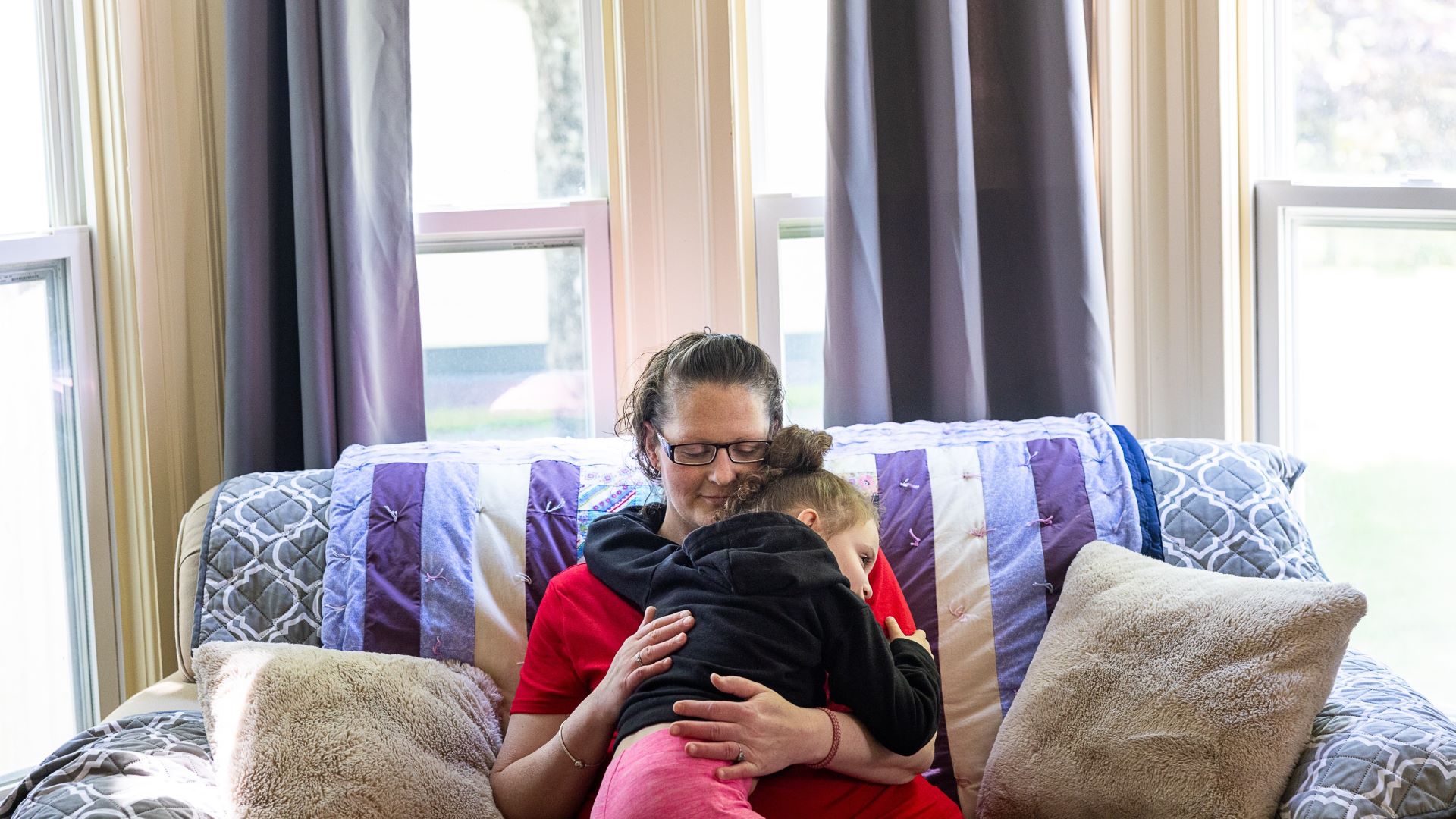
According to the National Survey on Drug Use and Health, an estimated one of every 10 Mainers 12 and older struggled with substance use disorder in the past year.
Last year, 606 Mainers died from a confirmed drug overdose, per state data. Twenty-five people, or 4 percent of all overdoses, were from Washington County, even though only 2 percent of Mainers reside there. More than a quarter of the statewide deaths were women.
“I kind of used drugs as a reward. You know, in my head that’s how I justified it,” Caroline said. “I could get high because I deserved it. I deserved that outlet because, you know, it’s hard to raise a child with a disability — it’s hard to raise a child.”
Her drug use quickly sent her into a spiral. She was spending everything she had to buy crack cocaine and would sell her belongings when she didn’t have enough cash.
This past New Year’s Eve, Caroline said she awoke with an “epiphany.” She needed to find a place where she could begin her recovery — and she could bring her daughter.
She found Safe Harbor through an online search and filled out the application. The next day, house manager Katie Sell called to set up an interview.
“I felt like that was, you know, my sign. Like, that was it. I searched for that at just the right time,” Caroline said.
Safe Harbor, which opened in August 2020, is a home for women in recovery from substance use disorder: a place where they can live full-time and get help arranging treatment services. And they can bring their children with them.
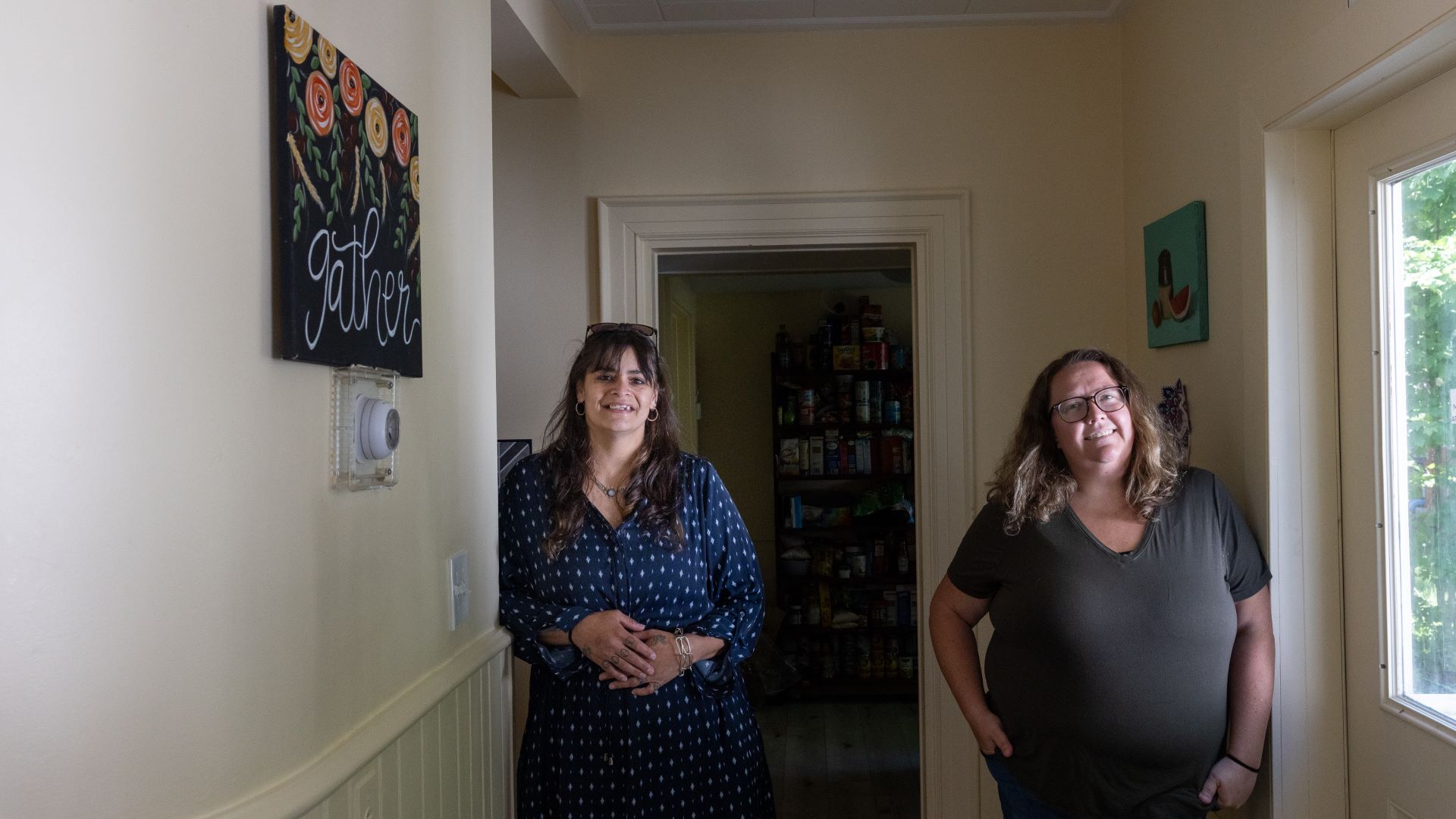
Of the approximately 80 homes in the state certified by the Maine Association of Recovery Residences, Safe Harbor is one of just two that allow women and children.
MARR is the nonprofit state affiliate of the National Association of Recovery Residences, which sets ethical, safety and support standards for residential programs. State affiliates, like MARR, provide certifications.
Certification for recovery residences is voluntary by law, though residences must have MARR certification to receive Department of Health and Human Services contracts or, in most instances, accept housing or general assistance vouchers from residents.
It’s difficult to say how many non-MARR-certified recovery residences in the state allow women with children because there’s no central database. There are a number of residential treatment programs — where services such as counseling, group therapy and life skills classes are offered onsite, unlike at Safe Harbor — that welcome women and their kids.
The McAuley Residence, an initiative of Northern Light Mercy Hospital in Portland, for example, is a transitional program with 15 furnished apartments in Portland and a 10-bed home in Bangor. In March, Sen. Susan Collins announced that she secured $15 million in congressionally directed spending to expand the program into Aroostook, Hancock, Oxford and York counties.
Welcoming children was ‘never optional’
Tucked into a quiet street in Machias, in Washington County, Safe Harbor is filled with personal touches of current and former residents. Artwork by a former resident’s daughter lines the walls. A current resident loves to garden, and her plants fill the window sills in the enclosed porch. There’s a trampoline in the playroom that Anna uses to release energy.
Safe Harbor is a collaborative effort between Healthy Acadia, Community Caring Collaborative, Aroostook Mental Health Center and Downeast Community Partners. Healthy Acadia runs the day-to-day operations; Downeast Community Partners owns and maintains the building; and Aroostook Mental Health Center and Community Caring Collaborative provide clinical and programmatic support.
Each organization also brings their own specialities to the home: Healthy Acadia has a robust recovery coaching network. Downeast Community Partners has experience running residential programs. AMHC offers clinical services, like counseling. And Community Caring Collaborative programs have a strong focus on multi-generational initiatives. All are deeply connected to Downeast and Aroostook County communities and services.
“It became very, very clear that we — Washington County organizations and individuals — wanted to come together to provide a service that was really rooted and connected with the communities of Washington County,” said Clement Deveau of AMHC.
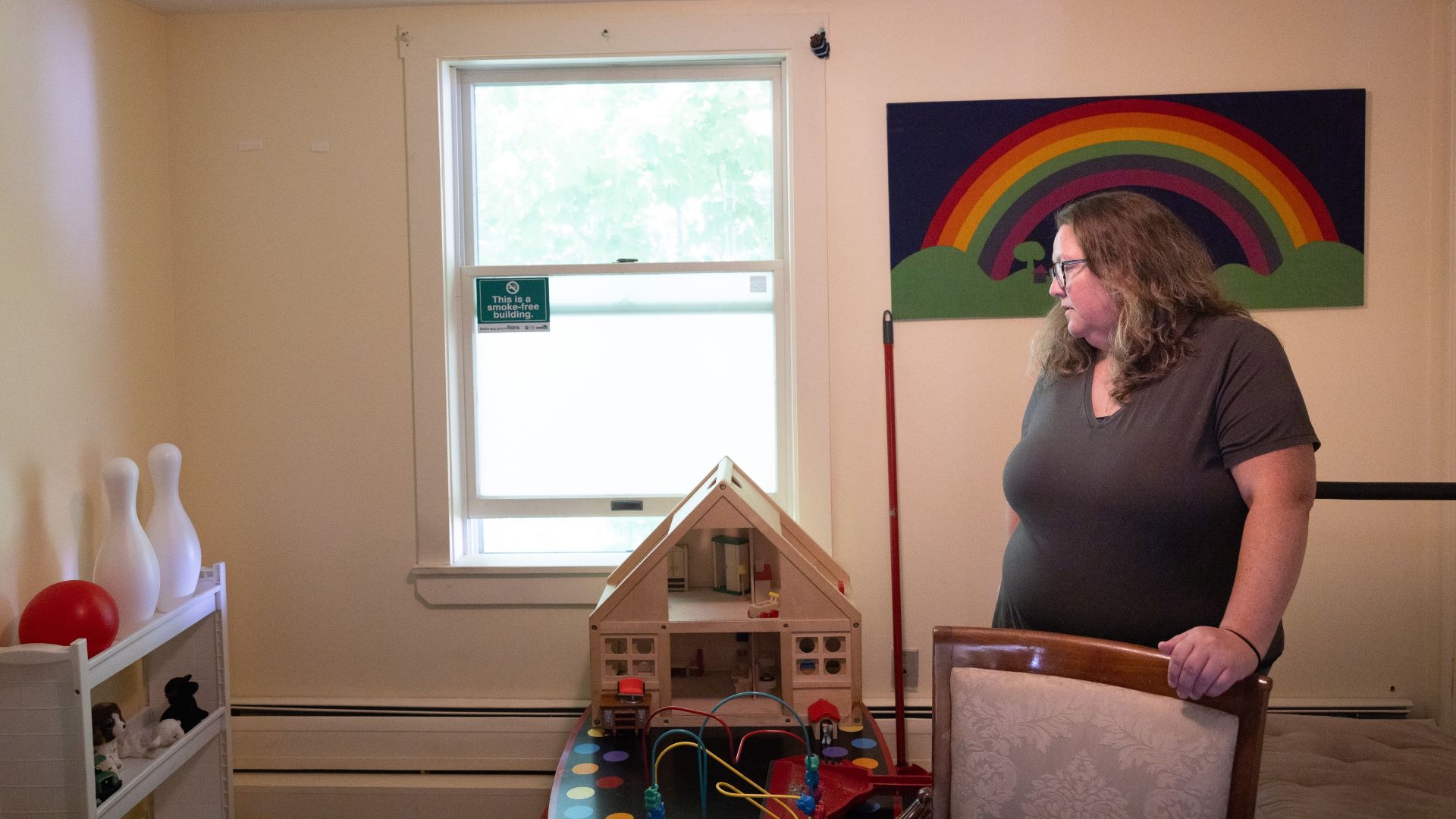
They knew one underserved population was mothers with substance use disorder. For every 1,000 women who gave birth in a Maine hospital in 2020, about 30 were diagnosed with opioid use disorder at the time of delivery, according to the Maine Health Data Organization.
Among women who gave birth in 2017 and 2018 enrolled in MaineCare, the state’s Medicaid program, nearly 10 percent had a clinically documented opioid use disorder at the time of delivery, according to a KFF survey. This was much higher than the national average of 2.7 percent.
And substance use disorder can sometimes make it difficult for women to maintain custody of their children. Maine’s Office of Child and Family Services identified substance use as a risk factor when removing a child from their parents’ care 55 percent of the time in 2022, up from 53 percent in 2021, according to a report released late last month. That’s well above the national rate, which was 42 percent in 2021.
“Maine has consistently had a higher rate of substance use as a risk factor at removal when compared with the national rate, likely driven by a multitude of factors including the extent to which the opioid epidemic has impacted Maine,” Lindsay Hammes, a Department of Health and Human Services spokesperson, said in an email. She noted that the office has worked to address this issue through peer recovery coaches, training programs and care plans for substance exposed infants, among other things.
When the group of local nonprofit leaders began discussing the Safe Harbor project in 2018, they were warned not to allow children because it was too complicated.
“But it was never optional. It just felt imperative to us as people, as helpers, as parents,” said Penny Guisinger, the recovery program director for Healthy Acadia.
“We just couldn’t see how separating children from their moms was going to really help anybody. So we just felt committed to that from day one,” she said.
Safe Harbor has five units; four can accommodate children 10 and younger. The women who live there take turns doing chores and have regular house meetings, and are required to attend four recovery or community programs per week, such as a Narcotics Anonymous meeting or going to an event with their child.
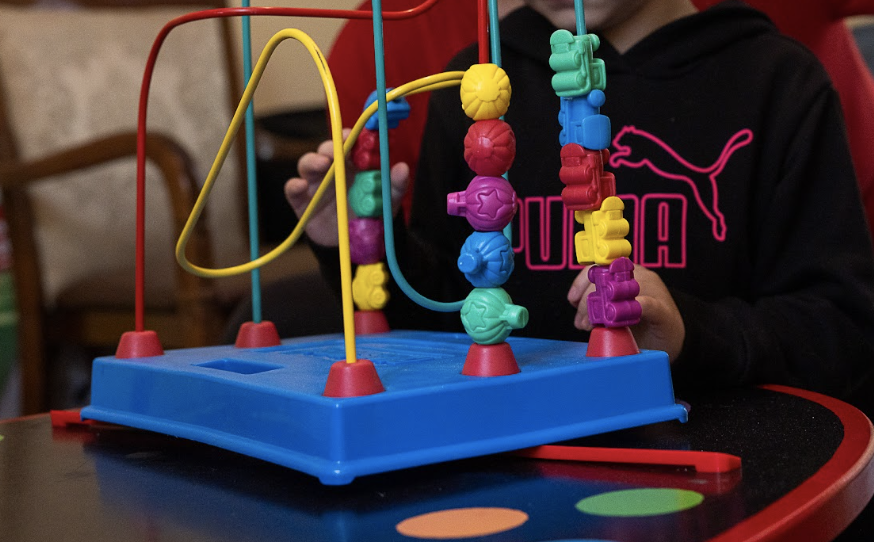
The residence does not provide clinical services, but staff members work with residents to connect them to services, such as counseling, in the area. There is no limit on how long women can stay there.
Safe Harbor is one of just three recovery residences in Downeast Maine — the only certified residence and the only one for women.
Bridging the gap
Abby Frutchey, CCC’s substance use response coordinator, said that as the group of local nonprofits began planning the Safe Harbor project, “it was very evident” that addressing transportation and housing deficits was critical to tackling substance use.
Washington County, with unemployment and child poverty rates among the highest in the state, is in dire need of more affordable housing. And across Maine, the rate of homelessness among women and children has grown in recent years.
The 2023 Point in Time Count — an annual survey of unhoused and unsheltered people — found that more than half of the people experiencing homelessness in Maine were in households with at least one child under age 18. And half of all people experiencing homelessness in Maine were women, up from 42 percent the prior year.
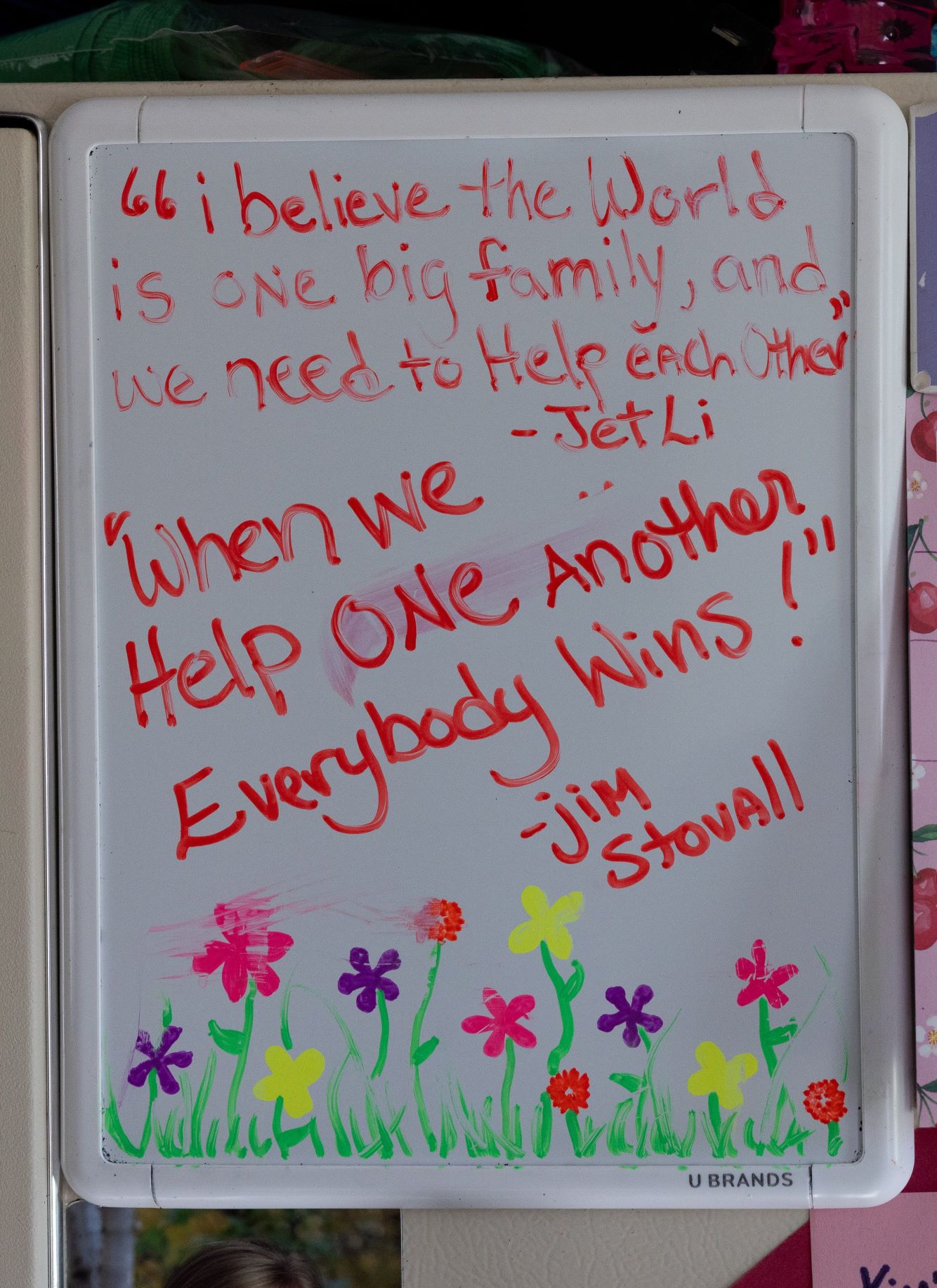
Finding safe and stable housing is a critical step for those in recovery, but it is often extremely challenging — particularly for women with children.
Guisinger, from Healthy Acadia, said many women are at risk of falling into a “void” while trying to bridge the gap between different types of services. Safe Harbor serves as a supportive step between clinical treatment or incarceration and independent living.
While the team behind Safe Harbor understands why it was advised to not take in children — acknowledging there can be a “delicate balance” between supporting the women’s recovery and ensuring everyone’s safety — the thinking is it’s been worth it.
A lot of substance use disorder is “born out of trauma,” said Guisinger. “It’s hard to fathom a more traumatic thing than separating a mother and child who want to be together.”
She added, “I’m also a person in sustained recovery and I cannot imagine succeeding in recovery if I had to put my kids somewhere other than with me. If I’d had to enter a program I would have left it far too early to get back to where my kids are.”
‘No other place to go’
For mothers in recovery who have lost custody of their children, understanding what they need to do to be reunited is often a challenge.
Two weeks before the end of the school year in 2022, Helen* lost custody of her daughter. It was the second time that the Office of Child and Family Services, or OCFS, removed Helen’s daughter from her care.
Helen, who is in her late 20s and has struggled with substance use since she was a preteen, said she had been doing better but “fell off the wagon again.” Like the time before, a caseworker created a plan for reunification. But every time she met their expectations, Helen said, the goal post would shift.
After spending six months in residential treatment at Wellspring in Bangor, Helen was able to secure a spot at Safe Harbor. She was thrilled to find a place that allowed her to bring her daughter and remain on medication for opioid use disorder, because many recovery homes don’t. But she needed to know whether her caseworker — who changed multiple times over a short period — would approve the move.
“They weren’t giving me an answer,” she said. “It was either I go there or I go on the streets because I have no other place to go at that point.”
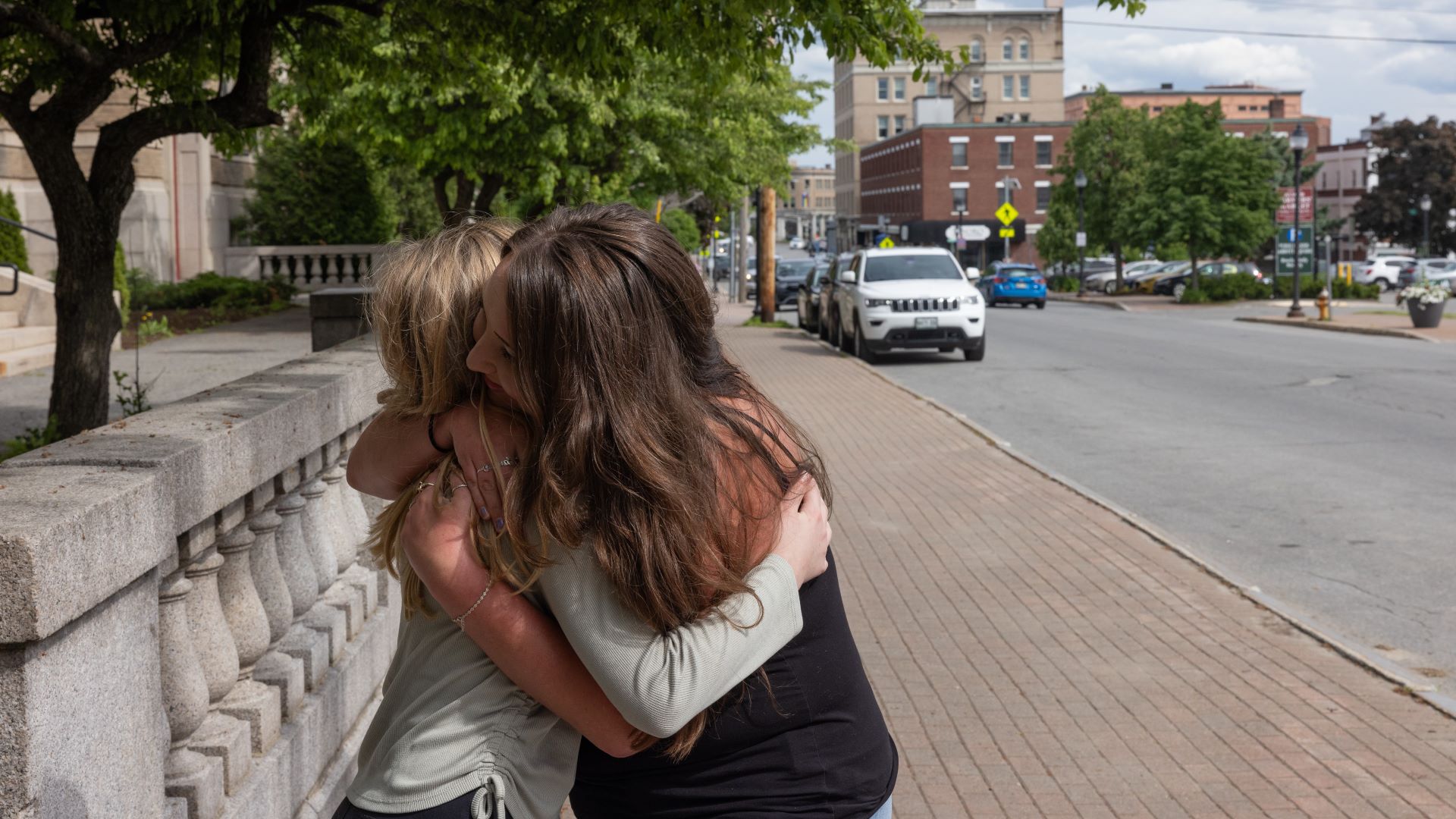
On the day of her Wellspring graduation, Helen said she had to “literally blow up their phones and demand an answer.” Finally her caseworker responded and said yes. That very day, in April 2023, she moved to Safe Harbor.
She had chosen Safe Harbor because she could bring her daughter, who had been living with other family members — but OCFS still wouldn’t go through with reunification.
“They just kind of kept coming up with one reason or another,” Helen said.
First it was that she had to wait until the summer; then it was that she was leaving Safe Harbor soon anyway and OCFS didn’t want to move her daughter around until Helen found a permanent place to live. When Helen had trouble finding housing in a particular area, she said, OCFS denied her suggested alternatives because they were afraid she would end up moving again.
“People move all the time. That doesn’t mean that they’re unfit,” Helen said.
A DHHS spokesperson said OCFS “considers the totality of the circumstances when assessing whether a child can safely reunify, including but not limited to gathering information from service providers, alcohol and drug screens, and the parents’ supervised visits with the child, etc. Ultimately the decision whether to reunify a child with their parents is determined by the court.”
The spokesperson also said “while each individual case is highly specific, OCFS encourages parents to take advantage of any and all services they may need — including those outlined in their rehabilitation and reunification plan — that may assist them in their recovery process.”
Several recent investigations by the Office of Program Evaluation and Government Accountability — the legislature’s nonpartisan watchdog — found that identifying, assessing and addressing parental substance use is a significant policy concern for OCFS.
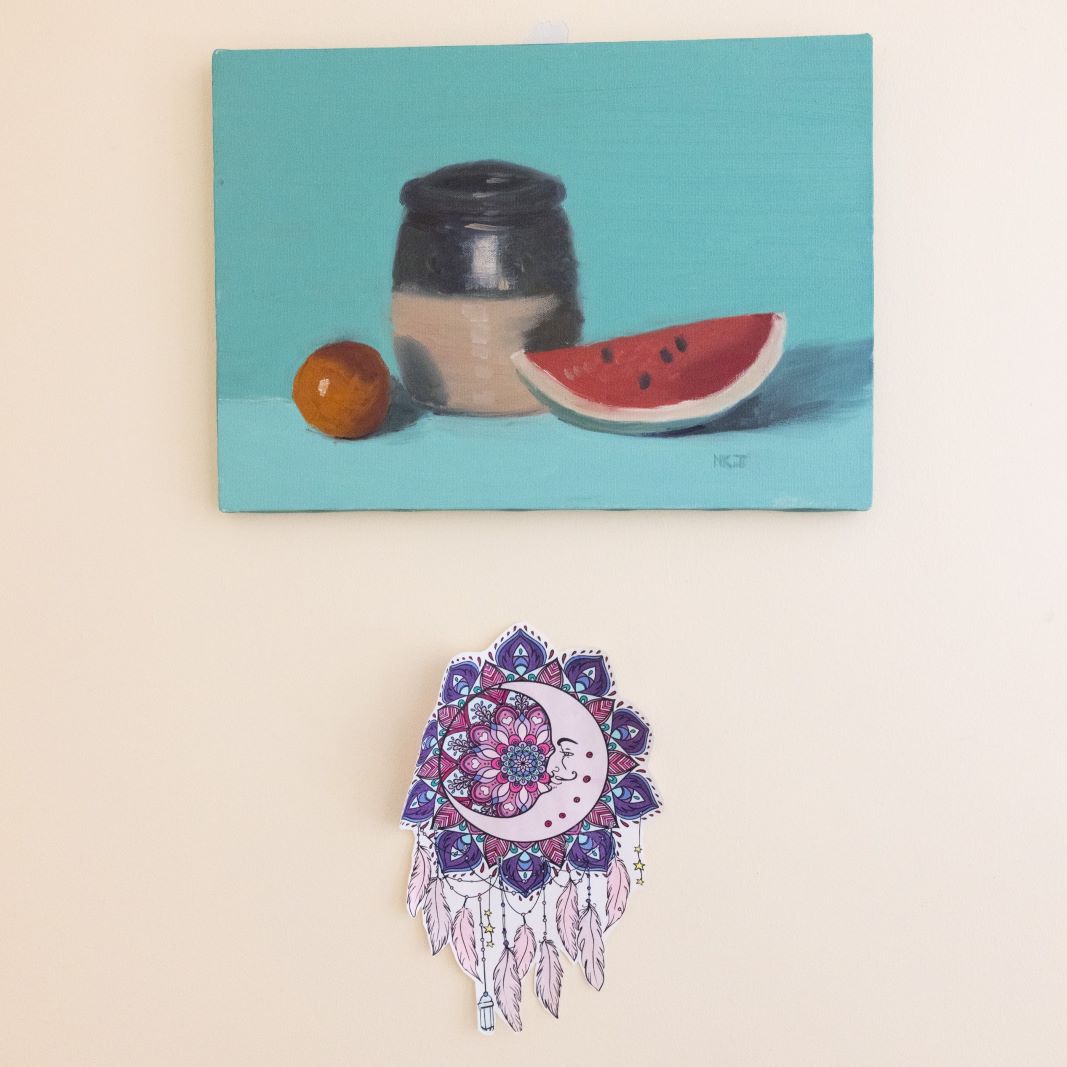
A report published earlier this year found that “progress toward reunification is often hindered by long waitlists for parents’ required mental health evaluation, mental health treatment, and for substance use disorder treatment.”
The report noted that caseworkers’ engagement with families often fell short, indicating they failed to clearly and adequately communicate goals and expectations for parents during the reunification process.
“Biological and resource (foster) parent representatives agree that family team meetings are often not productive because caseworkers fail to address the key question of what the parent is doing or needs to do to move closer to alleviating jeopardy,” the report said.
OPEGA’s investigation found that a lack of training and experience, high staff turnover and heavy workloads, among other issues, contributed to the problem.
Finally, last November — a month after Helen left Safe Harbor and moved into an apartment in Penobscot County, and more than a year after OCFS opened her case — she got her daughter back.
‘The solution to reducing child removals’
There is evidence that losing a child to the child welfare system, even temporarily, is associated with a return to drug use, overdose and overdose death, said Dr. Mishka Terplan, an OB/GYN and addiction medicine physician, and medical director at Friends Research Institute in Baltimore.
There are also consequences for children. Early attachment is “critical for human development,” Terplan said, and a removal “negatively impacts child development in very measurable ways.” Every time that kid moves from placement to placement, it adds to what pediatricians call “toxic stress.”
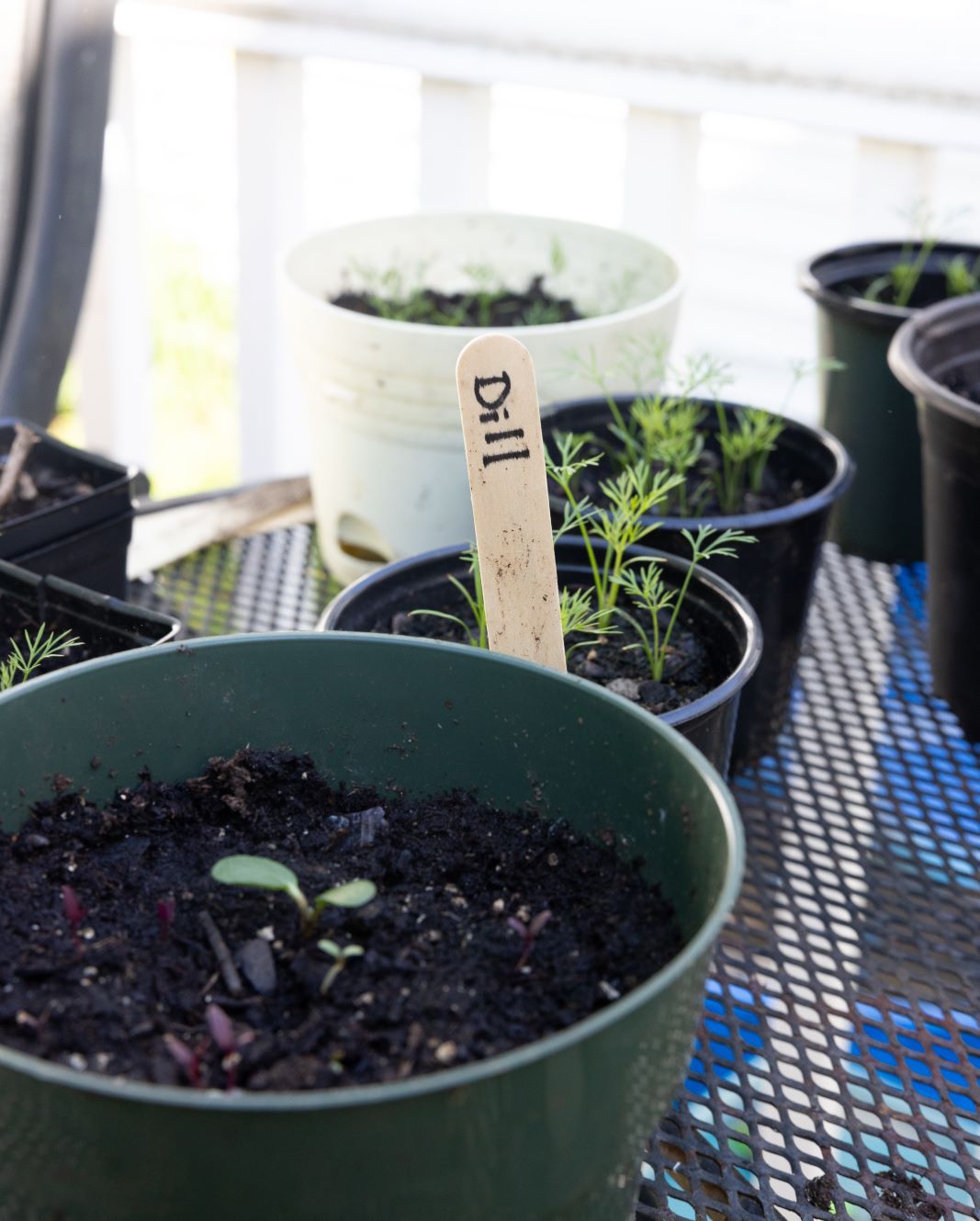
Asked about this research and the rate of removals related to substance use, Hammes, the DHHS spokesperson, said OCFS assesses each situation comprehensively.
“Not all removals involve substance use, and some involve additional risk factors beyond substance use. OCFS considers the totality of the circumstances based on information gathered in an investigation to determine the appropriate course of action,” she said.
An OCFS document called “Pathways to Determine Risk of Harm Related to Substance Use” instructs caseworkers to consider a parent’s duration and severity of past substance use, stage of recovery, awareness of risks, treatment efforts, peer influences and home environment, as well as the age of their youngest child, and whether their health care and educational needs are being met.
In its 2024 annual progress and service report, OCFS noted that Maine has “historically been challenged in adequately assessing risk and safety throughout a family’s involvement with child welfare services.”
A recent federal review of Maine’s child welfare system found that “OCFS workers were not appropriately assessing domestic violence and parental substance abuse,” and described “long waiting lists for services to assist parents and gaps in service due to the rural nature of the state.”
A 2023 video from the National Center on Substance Abuse and Child Welfare, which is now mandatory training for Maine caseworkers, encourages child protective services staff to consider opportunities for children to attend residential treatment with their parents.
“Parental substance use or (a substance use disorder) does not automatically indicate parental impairment or present an immediate threat to child safety. When safety planning, we need to weigh out each safety and risk factor with existing protective factors or those that can be put into place,” the video states.
While there are instances where a child is at significant risk of harm in parental custody, Terplan said a place like Safe Harbor addresses two highly important needs: safe housing and allowing children to be with their birth mothers.

Since its opening, 41 women have come through Safe Harbor’s doors. Forty-four children have lived there, including two infants born to moms living at the house. At least five women have successfully reunified with their children while living there.
A DHHS spokesperson said in an email that the office does not track outcomes by service providers, and would not comment specifically on Safe Harbor’s work.
“OCFS regularly makes referrals to services that families require in order to ensure the safety and well-being of their children,” she wrote, highlighting the work of the MaineMOM program, a DHHS initiative that provides support to women with substance use disorder during and after pregnancy.
Asked if more recovery residences like Safe Harbor could reduce child removals and support reunification, a DHHS spokesperson said simply, “A strong continuum of services and support for families is key to ensuring the safety and well-being of children and families.”
For Katie Sell and others who work at Safe Harbor, however, the answer is clear: “More houses like we have could be the solution to reducing child removals.”
‘Leaps and bounds’
This proved to be the case for Susan*, who a few years ago was struggling to leave a difficult relationship.
“When you’re in a relationship like that, plus when you’re in active addiction, you don’t want to leave what’s normal to you,” Susan said. “And it’s not easy leaving a relationship like that, as many people do know.”
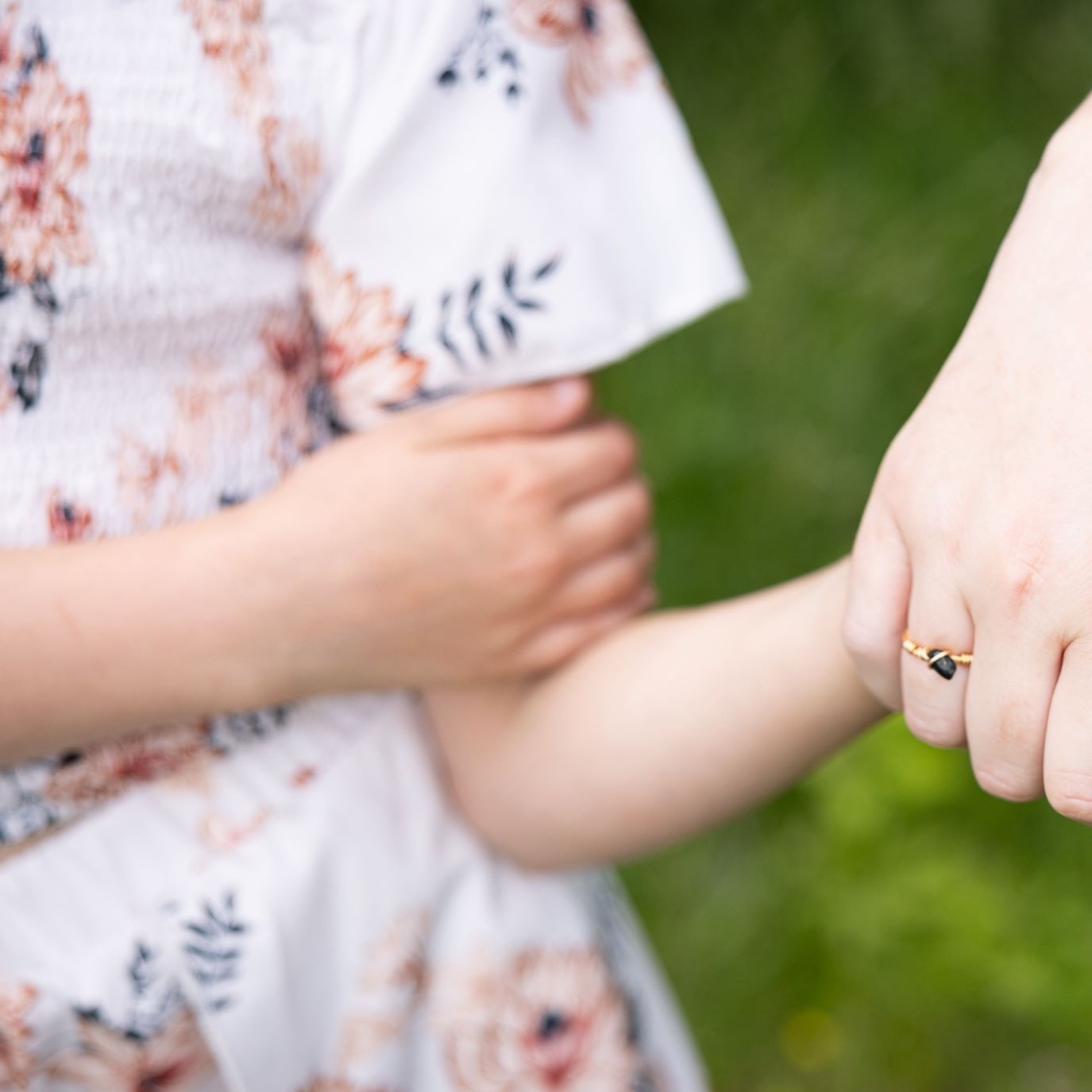
A family member, afraid for Susan and her children’s safety, called OCFS — and told them Susan was using drugs. Susan fled to another state with her kids.
Her substance use had already led her to lose custody of her eldest daughter, and Susan was afraid OCFS would take her two youngest.
But when she called her caseworker, he told her about Safe Harbor. He said if she went there, she could maintain custody of her kids. She applied, interviewed, and was soon settled in Machias — with her children.
Susan, who’s in her mid-30s, lived at Safe Harbor for close to a year, and when she talks about the impact it had on her and her children’s lives, she gets emotional.
“That’s one thing I love about that place because a lot of times, women who have children that are in addiction, even though they want to get better, they don’t want to leave their kids behind,” Susan said. “That stops a lot of people out there from wanting to get help.”
Since leaving Safe Harbor, Susan has settled in a community she likes, and has gotten her son and younger daughter situated in school. She talks to her eldest, who lives in another town, all the time. The eldest daughter just went to her junior prom.
“She looked so beautiful. I literally cried,” Susan said.
Helen and Caroline’s lives have likewise transformed since they first came to Safe Harbor.
Helen works several jobs, volunteers at the Bangor Area Recovery Network and is studying to become a recovery coach. Her schedule is hectic but she finds ways to spend quality time with her daughter, who’s now 10, whether that’s running errands together after school or making Sundays their “fun days.” Her daughter’s teacher said she’s one of the best readers she’s ever taught.
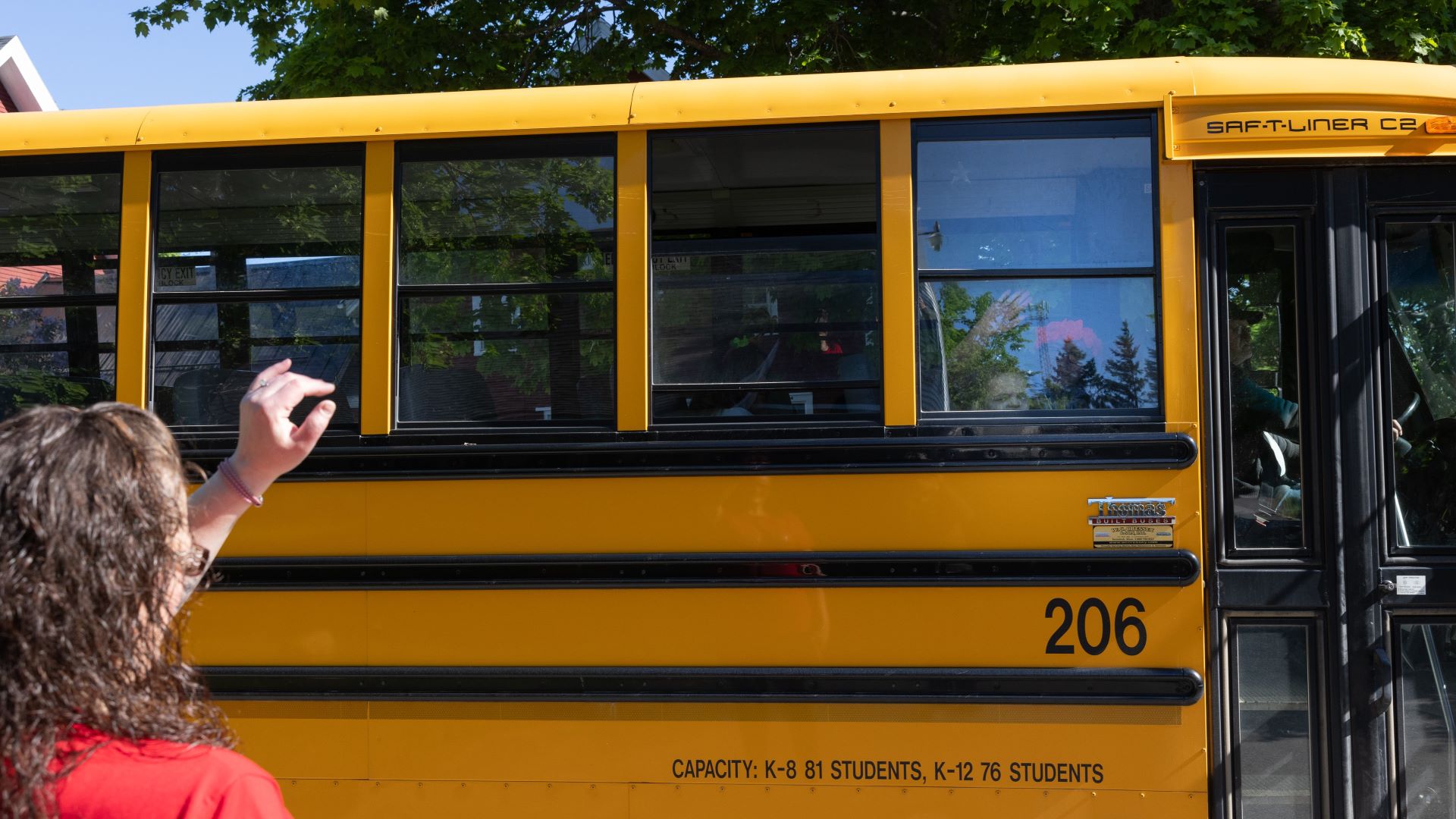
Caroline and her daughter Anna moved into the Machias residence in January. Anna has come “leaps and bounds” since then. The kindergartener went from only being able to handle a few hours at school to full days.
“She stays all day and she’s happy, and she gets off the bus and she’s still happy,” Caroline said.
Caroline is starting online classes at Washington County Community College next month and thinking of getting back into the medical field.
“I don’t even want to think about where I would be without Safe Harbor,” she said. “We’re really happy here. We’re content for the first time in a long time.”




